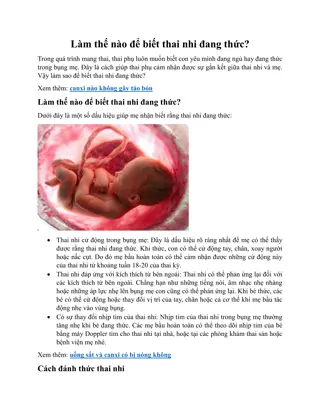Understanding the World of Silicones
Silicones, also known as polysiloxanes, are versatile polymers with unique properties such as low thermal conductivity, chemical inertness, and high resistance to various elements. They are commonly used in a wide range of industrial applications, from electronics to renewable energy technologies. This article explores the properties, preparation methods, and diverse applications of silicones.
Download Presentation

Please find below an Image/Link to download the presentation.
The content on the website is provided AS IS for your information and personal use only. It may not be sold, licensed, or shared on other websites without obtaining consent from the author. Download presentation by click this link. If you encounter any issues during the download, it is possible that the publisher has removed the file from their server.
E N D
Presentation Transcript
INTRODUCTION OF SILICONES BY K RAVI TEJA
SILICONES What are Silicones? Silicones are polymers that are also known by the name polysiloxanes. These are the polymers that involve any inert, synthetic compound made up of iterative units of siloxane. It is a chain of alternating oxygen and silicon atoms that are frequently combined with hydrogen and carbon.
Properties of silicones Some of the common properties of silicones are as follows; Silicones have low thermal conductivity and chemical reactivity. Their toxicity is also low. It can repel water and form watertight seals. Has high resistance to oxygen, ozone, and ultraviolet (UV) light. Has both electrically insulative and conductive properties. High gas permeability and high thermal stability Superior solvents for organic compounds. If silicone is burned in presence of oxygen, solid silica (silicon dioxide,SiO2) is formed as a white powder as weIf silicone is burned in presence of oxygen, solid silica (silicon dioxide, SiO2) is formed as a white powder as well as char and various gases. This white powder is often called silica fumel as char and various gases. This white powder is often called silica fume
Preparation of silicones Silicones are usually prepared from pure silicon that is obtained by the reduction of silicon dioxide (silica) in the form of sand with carbon at high temperatures: SiO2(s) + 2C(s) Si(s) + 2CO(g) Generally, silicones are produced from silicon in three stages: a) Synthesis of chlorosilanes b) Hydrolysis of chlorosilanes c) Condensation polymerization When silicone is burned in the presence of oxygen, solid silica (silicon dioxide, SiO2) white powder, char, and various gases. The readily dispersed powder is sometimes called silica fume.
Applications of silicones Silicones can acquire many forms from liquids to solids that allow engineers, inventors, and companies to use them as a key component in various industrial applications. It is their versatile quality that makes silicones an essential ingredient in products that make our lives better, whether as rubbers, fluids, resins, silicone gels or silicon glue. Silicones can be found in a different Silicones can acquire many forms from liquids to solids that allow engineers, inventors, and companies to use them as a key component in various industrial applications. It is their versatile quality that makes silicones an essential ingredient in products that make our lives better, whether as rubbers, fluids, resins, silicone gels or silicon glue. Silicones can be found in a different number of applications starting from computers and engineered spacecraft, shampoo to baking moulds. Silicones can also be consumed in renewable energy starting from wind turbines to solar panels rely on silicone technology.number of applications starting from computers and engineered spacecraft, shampoo to baking moulds. Silicones can also be consumed in renewable energy starting from wind turbines to solar panels rely on silicone technology.






















